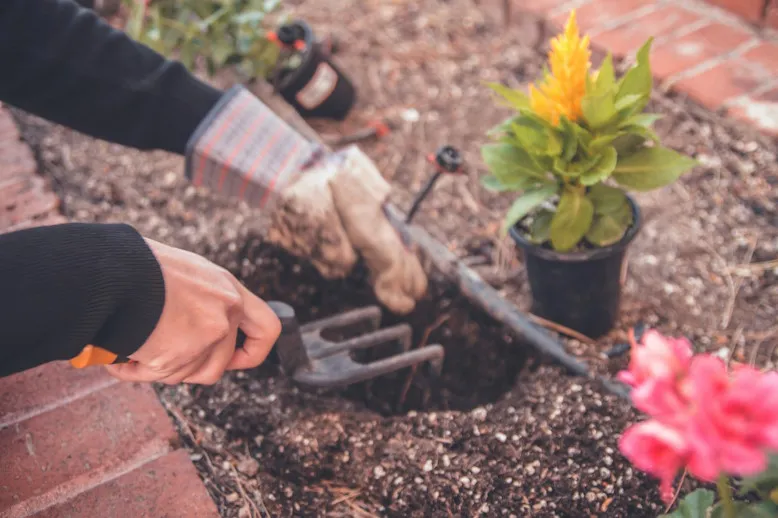
5 Simple Steps to Start Your Organic Vegetable Garden
Embarking on an organic vegetable garden journey not only rewards you with fresh produce but also contributes to a healthier environment. Follow these five simple steps to cultivate your own organic garden and enjoy the bounty of homegrown vegetables.
Introduction
Starting an organic vegetable garden is an enriching experience that connects you to the earth and provides sustainable, nutritious food for your table. Whether you have a large backyard or a small urban space, these fundamental steps will guide you through creating a thriving organic garden.
1. Plan Your Garden Layout
Begin with a plan. Consider the amount of space you have and the amount of sunlight it receives daily. Most vegetables require at least 6 to 8 hours of direct sunlight. Sketch a layout, keeping in mind the mature size of plants to avoid overcrowding. Choose a mix of vegetables that you enjoy eating and that grow well in your climate.
Research companion planting to enhance your garden's growth and protect your plants naturally. For example, planting marigolds among tomatoes can help deter pests.
2. Prepare the Soil
Organic gardening emphasizes healthy, nutrient-rich soil. Start by removing weeds and amending your soil with organic compost. Testing your soil can provide insights into its nutrient content and pH level, allowing you to make necessary adjustments with organic materials.
Consider incorporating raised beds or containers if your ground soil is poor or if you have limited space. These can be filled with a mix of high-quality organic soil and compost.
3. Choose Organic Seeds or Seedlings
Selecting organic seeds or seedlings ensures your garden is truly organic from the start. Look for seeds that are certified organic, non-GMO, and suited to your growing zone. Starting with organic seedlings can give you a head start, especially if you're gardening in a region with a short growing season.
When selecting varieties, consider incorporating heirloom species for diversity and plants that are known for their disease resistance and high yield.
4. Plant with Care
Follow the planting instructions specific to each vegetable, paying close attention to spacing and depth. Proper spacing allows for adequate air circulation and reduces the risk of disease. Water gently but thoroughly after planting to settle the soil around the roots.
Implement a routine watering schedule, preferably in the morning, to keep the soil evenly moist but not waterlogged. Mulching around your plants with organic material can help retain soil moisture, suppress weeds, and regulate soil temperature.
5. Natural Pest and Disease Management
Organic gardening relies on natural methods for pest and disease control. Encourage beneficial insects, such as ladybugs and bees, by planting a variety of flowers nearby. Use organic pest control methods, such as neem oil or insecticidal soap, only as needed and according to directions.
Regularly inspect your plants for signs of stress or disease and remove any affected parts promptly to prevent spreading. Crop rotation and diversity can also help minimize pest and disease issues.
Conclusion
Starting an organic vegetable garden is a rewarding endeavor that yields more than just fresh produce—it fosters a sustainable lifestyle and promotes biodiversity in your own backyard. By following these five simple steps, you'll be well on your way to harvesting your own healthy, organic vegetables. Remember, gardening is a journey of learning and growth, so embrace the process and enjoy the fruits of your labor.
This article was developed using available sources and analyses through an automated process. We strive to provide accurate information, but it might contain mistakes. If you have any feedback, we'll gladly take it into account! Learn more
